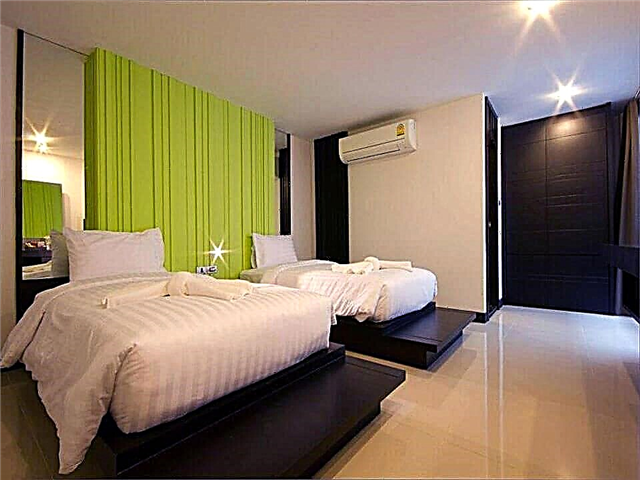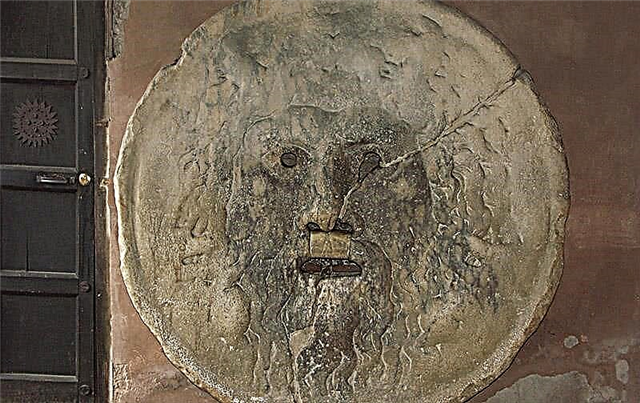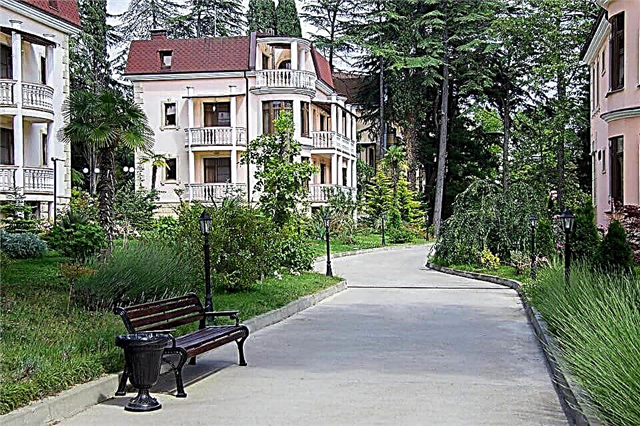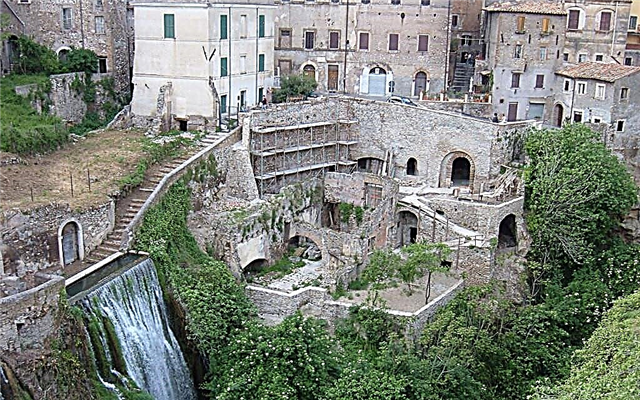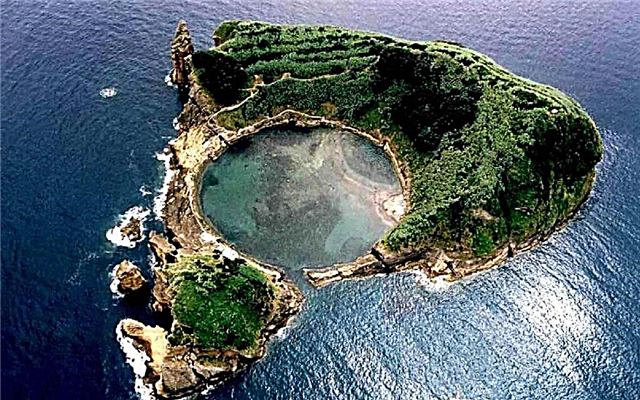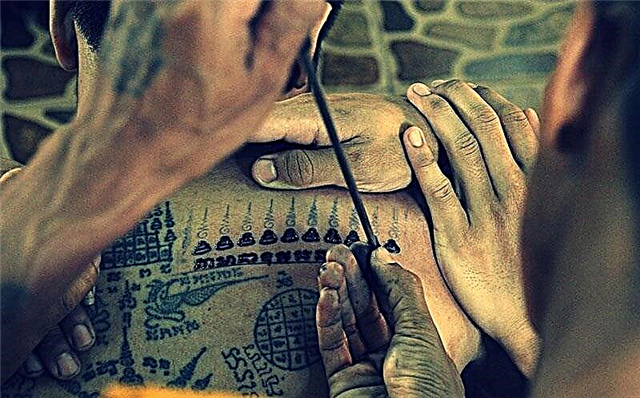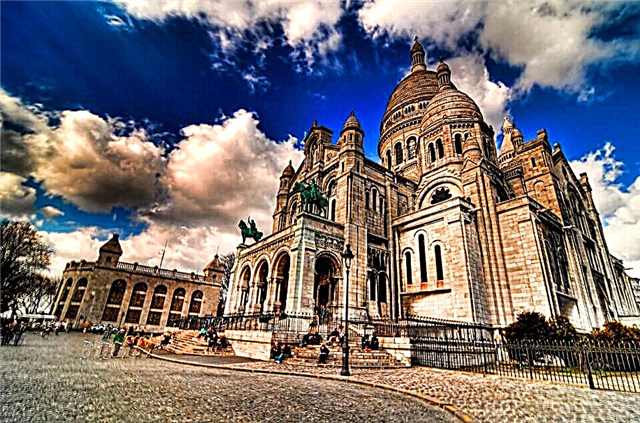The Basilica of the Sacre-Coeur is the most beautiful cathedral at the top of Montmartre, which can be seen from anywhere in Paris in clear weather.
Construction history

The decision to build the Sacre-Coeur Basilica was born on September 4, 1870, on the day of the proclamation of the third Republic. On that day, Bishop Fournier burst out with a pathetic speech that French troops were defeated in the Franco-Prussian War as divine punishment for the "moral decline" after the French Revolution.
A society split into devout Catholics and legitimate royalists on the one hand, and democrats, socialists and radicals on the other, was punished. Despite the fact that some sources claim that the basilica was erected in honor of fifty thousand who died during the war, according to the order of the National Assembly in 1873 (in response to the wishes of the archbishop), the basilica was built in order to atone for the sins of the Paris Commune.
It was in Montmartre that the first uprising of the Paris Commune took place, and the Archbishop Darua, who became a kind of martyr for the reviving Catholic Church, was also executed there. His successor claimed that in October 1872 he had a vision, and in the clouds scattered over Montmartre, he saw the truth: "It is here, here, where the souls of the martyrs are, here the Sacred Heart must reign, becoming a beacon for the suffering."
With the resignation of the government of Adolphe Thiers in May 1873, Bishop François Pied expressed a national desire for spiritual renewal: “The hour of God has come,” for which the Sacre-Coeur church is the main, material monument. All French parishes were involved in financing the future basilica, and the construction itself took several decades (1875-1914).

The architect of the project was the talented creator Paul Abadi, who surpassed more than seventy-seven rivals. In 1880, an attempt was made to stop construction when the basilica was described as “an unrelenting provocation to civil war”. The matter even came to a discussion in the House of Parliament, where the project was defended by the archbishop, despite the claims of Georges Clemenceau (future prime minister) that the basilica is a material stigmatization of the revolution. Another attempt to stop the work was prevented in 1897, although by that time almost the entire interior had been completed, and the Sacre-Coeur had been working for almost six years.
Abadi departed to another world in 1884, finding only the construction of the foundation, and construction continued under the leadership of five architects: Honore Dume (1884-1886), Jean-Charles Liane (1886-1891), Henri-Pierre-Marie Raoult (1891-1904), Lucien Magnier (1904-1916) and Jean-Louis Houlot (1916-1924). All major work was completed by 1914, but the war intervened, and the temple was consecrated only in 1919.

The money for the basilica, estimated at seven million French francs and coming entirely from donations, ran out even before the visible ground part appeared. The temporary chapel was consecrated in March 1876, and donations from pilgrims became the basis for the future basilica's budget. Everyone who left a donation could lay, for example, a commemorative brick.
English geographer and historian David Harvey noted that the echo of the “martyrs” can still be heard within the walls of the basilica. This idea is supported by the fact that in 1971, the demonstrators, pursued by the police, took refuge in Sacre Coeur, in a church "built on the corpses of the Communards." This provocative statement was eloquently illustrated in the leaflets they circulated.
Architecture

The Basilica of the Sacre-Creut is an extraordinary architectural structure. This is a massive assignment that has managed to maintain its vibrant white color even in a noisy and sometimes dirty city like Paris. The trick is that the building was built from travertine mined in the Château-Landon mines. Its main feature is that when it comes into contact with rainwater, the stone acquires a white tint.
Thus, the temple illuminates the capital with its snow-white walls. The general style solution is very unusual - the holy temple is permeated with Roman-Byzantine features, which is clearly opposed to the excess of the French Baroque in the decoration of the Granier Palace.
Many of the design elements of the basilica symbolize nationalist motives: the gallery, which has three arches, contains bronze statues of St. Joan of Arc and King St. Louis IX, cast by the sculptor Lefebvre, there is also a nineteen-tone bell called "Savoyarde", cast in Annecy and erected to commemorate the entry of Savoy into France in 1860. The basilica complex includes a meditation garden with a fountain. The top of the dome is open to tourists, it offers an unforgettable view of Paris (entrance to the top is paid).
Interior decoration

Similar to the exterior, the interior of the basilica is decorated in the Roman-Byzantine style, which gives the “House of the Lord” an atmosphere of harmony and peace. The light and some design details focus attention in such a way as to focus on the semicircular apse. The amazingly beautiful stained glass windows were destroyed by the bombing of 1944 and replaced in 1946. There are also two important elements in the interior that complete the delightful ensemble: the mosaic and the great organ.
The 475 square meter mosaic depicting Jesus Christ is one of the largest in the world. Jesus is depicted resurrected, dressed in white clothes and with outstretched hands, as if opening his heart to people. He is surrounded by adorers, including the saints who defended France: the Virgin Mary, Saint Michael, Saint Joan of Arc, as the personification of France, offering the crown, and Pope Leo XIII.
The large trumpet organ of the Basilica is unanimously considered one of the most stunning not only in Paris, but throughout Europe. This instrument is the last work of the renowned master Aristide Kawaye-Kol. Due to its impressive size and unique sound quality, the French government recognized the organ as a National Monument in 1981.
Opening hours and visiting rules
The Basilica is open for visits daily from 6 am to 11 pm. After 11 o'clock, only persons registered for the night service can stay on the territory of the Basilica.
Since the Basilica of the Sacre-Creut is a Catholic church, there are several basic rules for visiting:
- Filming (video and photo) inside the Basilica is prohibited. From the outside, filming is permitted (prior permission from the administration is not required). On the territory of the basilica, photographs for non-commercial use can be purchased;
- Maintain silence on the territory of the Basilica, speak in a whisper so as not to disturb those who are praying;
- In order to show respect for the temple, the entrance to the beach, too open and defiant clothes is prohibited.
Where is it located and how to get there
Address: 35 Rue du Chevalier de la Barre, 75018 Paris, France
Metro:
- From Jules Joffrin station (M 12) on Montmartrobus - stop Place du Tertre
- From Pigall station (M 12 or M 2) on Montmartrobus - stop (stop Norvins)
- From Anver station (M 2) by cable car or on foot
- From Abbes station by cable car or on foot
By bus:
Buses numbered 30, 31, 80 and 85 (stop Anvers Sacr-Coeur).

